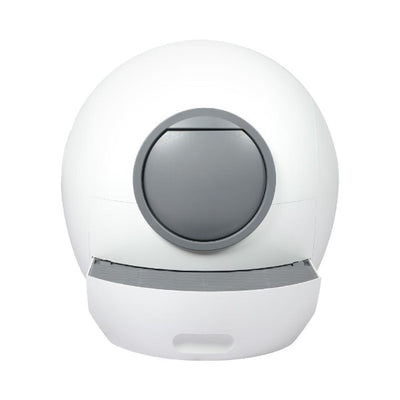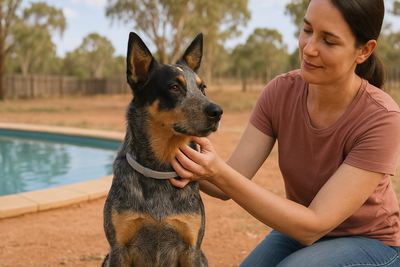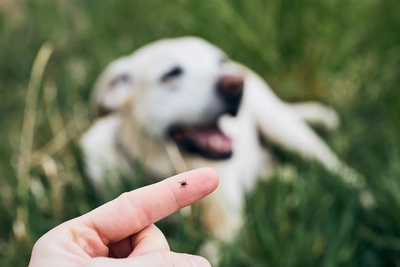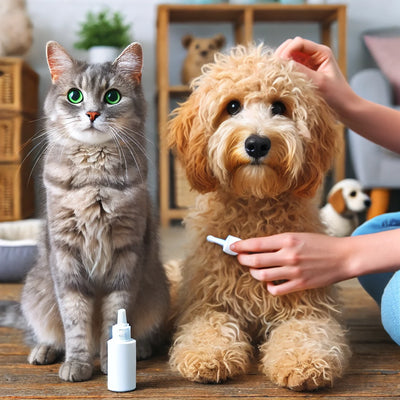Do cats need exercise? Of course! When cats are exercising, they’re helping maintain a healthy weight and also getting stimulation to keep them emotionally and behaviourally healthy.
Here are some tips on how to exercise your cats along with some cat workouts that will be fun for cats and for you.
Tips for How to Exercise Your Cat
Follow these tips for maximizing your cat playtime sessions and making sure your cat gets plenty of exercise.
Schedule Exercise for Cats When They Are Most Active
Cats are most active at dawn and dusk, so scheduling play around these times may help keep them more interested. You can also schedule playtime around their meals so that you can incorporate food into their daily enrichment.
Keep Play Sessions Short
Play sessions should be about 10-15 minutes each and can range from two to three daily sessions for older cats to up to 10 sessions for kittens and younger cats.
Know Your Cat’s Signals for Not Wanting to Play
Don’t worry, your cat will let you know if they are interested in playing. A bored cat will walk away or show no interest in toys.
An interested kitty will be eager to participate, bat around cat toys, chase a laser pointer, and respond positively to interaction with you (no biting/scratching/hissing, ears forward, etc.).
If your cat begins panting or breathing too heavily, let them rest before resuming play. Remember: playtime is meant to be fun for cats!
Cat Workouts to Try With Your Cat
It is very important to avoid using your hands when playing with cats and kittens especially. This can lead to play aggression and lots of scratches! Instead, try some of these ideas for cat workouts:
Leash Training
Just like dogs, some indoor cats will enjoy stimulating walks outside. If you want to try walking your cat, it’s important to get a harness that your cat can’t wriggle out of. There are even harnesses made specifically for walking cats.
You can start by easing your cat into wearing the harness indoors and slowly increasing the amount of time they spend in their new gear. However, do not keep trying to get your cat to walk on a leash if they are not comfortable.
Make sure your cat is microchipped and that your contact info is up to date in the database. It also helps to have a tag with your contact info on their harness in case they happen to get away. Also make sure your cat is current on flea and tick prevention before you take them outside.
Clicker Training
Training your cat to sit, give paw, or meow using clicker training can be a great bonding experience and can provide enrichment for both your kitty and you.
Laser Pointers
Using a laser pointer is a great way to get your cat moving.
NOTE: Be sure to end every laser pointer session by giving your cat a toy that they can actually get their paws on! This will allow them to feel as though they have “caught their prey.”
Cat Puzzle Toys
Puzzle toys keep your cat active and provide positive reinforcement at the same time. Using puzzle toys to dole out pieces of dry food can also help slow down their rate of eating while keeping them engaged.
Hidden Treats, Food, and Toys
Just like puzzle toys, hiding treats, food, and toys can help cats feel like they’re hunting for their food as they would in the wild. Be sure to constantly switch out old cat toys for new ones to keep them interested!
Teaser and Wand Toys
Wand toys (or fishing-pole toys) can allow for interactive play without leading to play aggression. This keeps your cat at a safe distance from your hands and allows them to feel like they’re pouncing on and chasing their prey.
Electronic Toys
Electronic toys are fun for cats, and they provide a high-energy playtime. They can be very helpful in keeping cats entertained, but they should be interspersed with other kinds of interactive play.
Catnip Bubbles
Some cats enjoy chasing and popping bubbles. There are even bubbles that are infused with catnip to keep kitties even more intrigued.
Catios
Creating an enclosed and stimulating outdoor environment will give your cat an opportunity to explore the outdoors while remaining active, and most importantly, safe.
Shelves and Perches
Cats love to watch the world from above! This gives them a safer vantage point for hunting in the wild. Providing vertical spaces like window shelves and perches not only gives them an ideal spot to observe from, but can encourage them to jump and climb. Please ensure that these vertical spaces are sturdy and in a safe area.
Cat Trees
Cat trees can also provide elevated rest or play areas for your kitty. Many cat trees also have scratching posts that encourage healthy scratching behaviours.
Cat Exercise Wheels
Cat wheels offer an excellent way for cats to get their cardio! If you’re not sure if your cat will use an exercise wheel, the manufacturers usually offer training materials to help you encourage your cat to try it.












